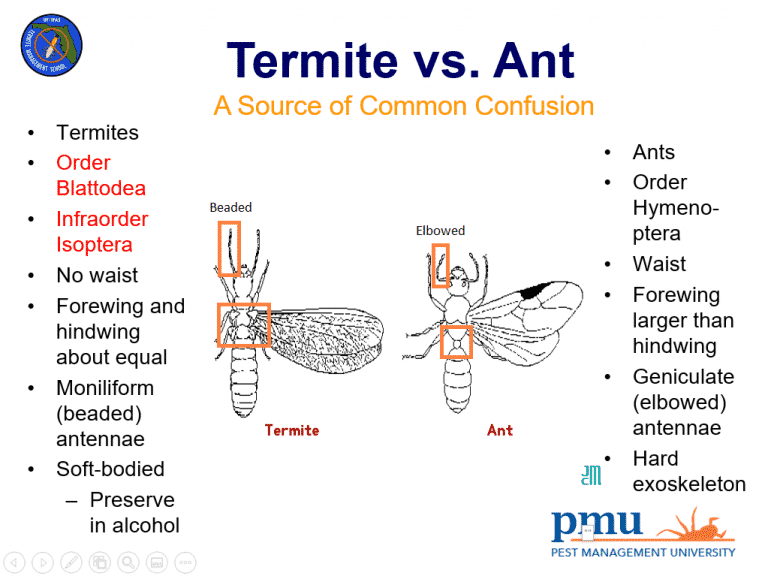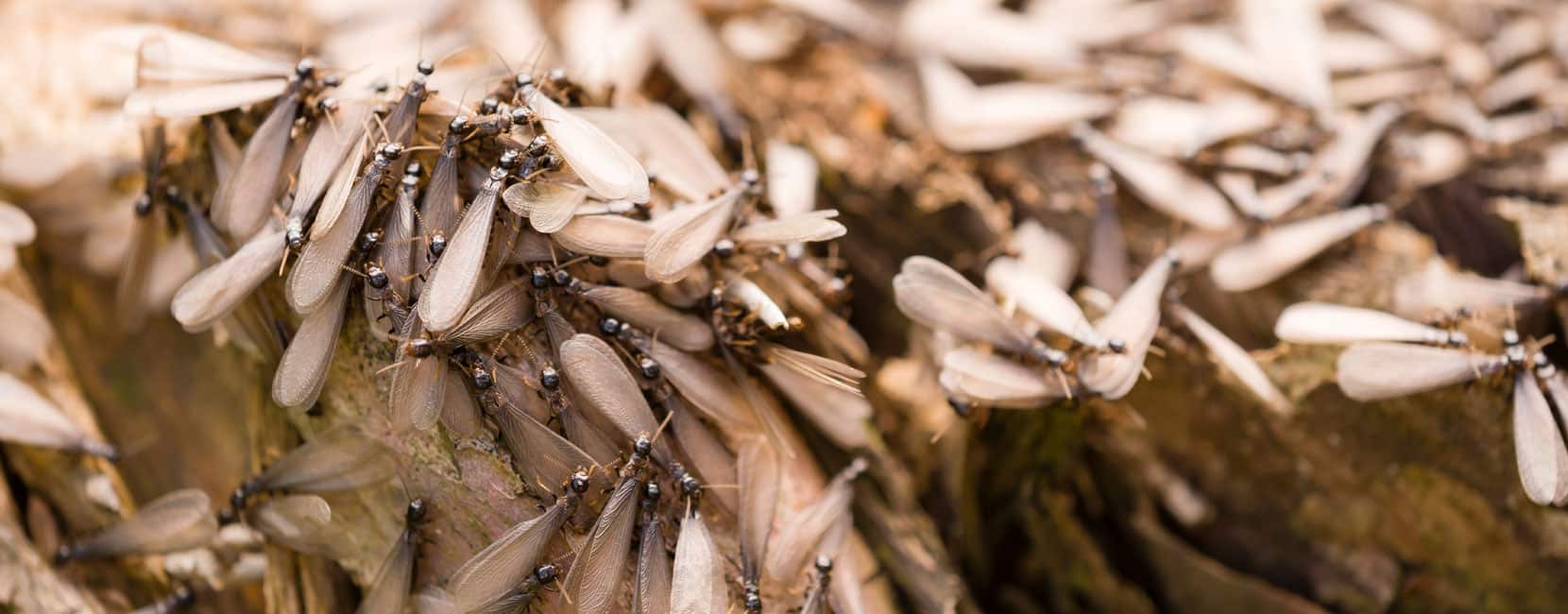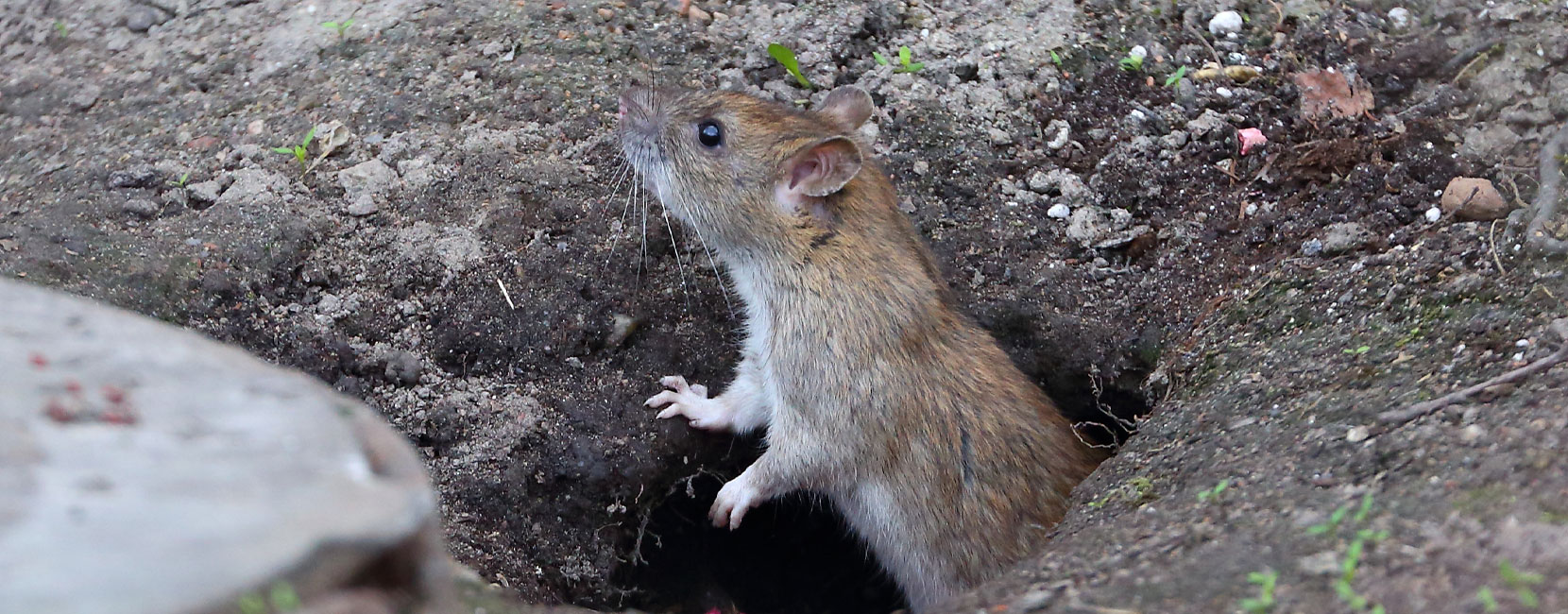

Ant alate |
|

Termite alate |
|
| Anatomical differences between ant alate (top) and termite alate (bottom). Drawings courtesy of University of Florida Extension. | |
If the insects are ants or termites, you will see a number of winged individuals present in the mass of insects. These individuals are the unmated queens and kings of the colony that disperse to establish new insect colonies. Capture a couple of these winged individuals in the swarm and look for the three distinctive differences between termites and ants (Wings, veins in the wings and the waist).
“Swarming” is a term often used by entomologists to describe the forming and departing of a mass of individuals from an insect colony. In addition to ants and termites, bees, wasps and yellowjackets may swarm.
In the area of the swarm, look for evidence of insect-damaged wood. Most ant species do not damage wood, but a few species prefer to nest in soft wood that has been damaged by water or that is in the process of breaking down or rotting. Ants do not eat wood but will chew tunnels and chambers within the wood itself, so look for signs of sawdust under the damaged wood.
Most termite species also prefer soft or water-damaged wood, but some species will infest dry, undecayed wood as well. Unlike ants, termites will eat wood. Look for darkening or blistering of wooden structures, and look for claylike tubes or tunnels leading from the soil to the wooden structure.
If you determine that the swarm is termites or you find evidence of termite damage to any wooden structures, it is advisable to hire a pest management professional as soon as possible. If you determine that the swarm is ants and you find evidence of ant damage or sawdust under any wooden structure, you may also want to hire a pest management professional.
Related
- Subterranean Termites – University of Florida Extension
- Managing Household Ant Pests – Texas A&M AgriLife Extension
- Ant vs. Termite – University of Florida Extension













